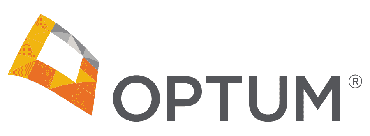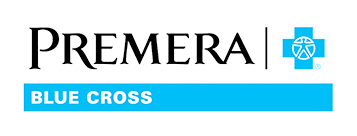Menu
HELP
Patient Resources
24 Hour
Referral Line:
1-253-200-0300
NWIH provides methadone at the following clinics:
- 3727 South Tacoma Way, Tacoma, WA 98409 / Phone: 253-300-7474
- 9720 South Tacoma Way, Lakewood, WA 98499 / Phone: 253-503-3666
Vivitrol Copay Assistance & Providers
Washington Recovery Hotline: 1-866-789-1511
Substance Abuse & Mental Health Services Administration
(SAMHSA)











